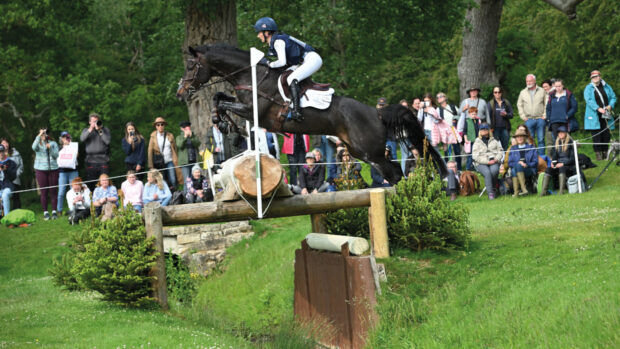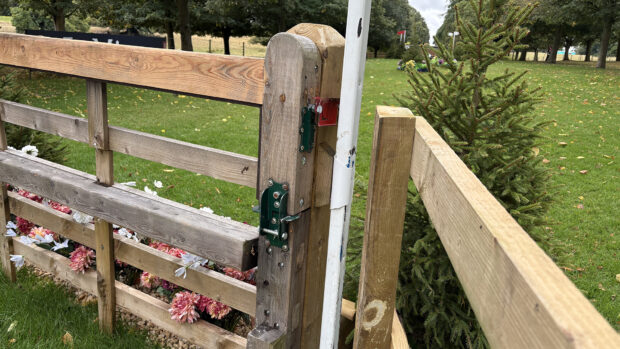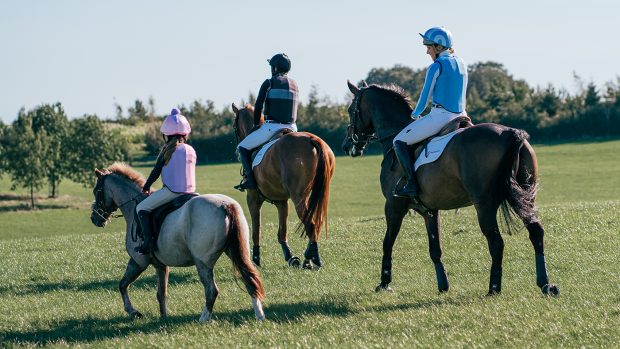A United States eventing enthusiast is willing to donate $25,000 (£16,400) to continue an important cross-country safety study that brought new collapsible technology to the fore, before it ran out of funding five years ago.
Event horse owner and long-term supporter Jacqueline Mar has offered to give the money to the United States Eventing Association (USEA) on the condition that the governing body can raise an equal figure by mid-January.
The proposed international study, which aims to further research conducted by Dr Suzanne Smith of the University of Kentucky in her 2009-2010 Frangible (Collapsible) Fence Study, will take up to two years to complete, and estimates are that it will cost $160,000 in total.
Restarting the study has been one of the goals set by the USEA task force, which was established last year to look at all aspects of cross-country safety.
Its joint-chairman Jonathan Holling told H&H: “Technology is constantly changing and the 2009 study left us with a lot of unanswered questions. We have some great examples of frangible products, but I am sure there are other inventions out there waiting to be discovered,” he said. “It’s not only Americans who will benefit from this study; it is for the good of eventing worldwide, so I urge every rider to help in the fundraising effort.”
| Related articles |
When the original study was put on hold, Dr Smith continued to work independently with engineers and researchers, including Mats Bjornetun, the Swedish inventor of the MIM clip, which has been in use in the US since 2011 and has recently undergone British Eventing testing (news, 26 November).
Mr Bjornetun commented: “I believe the next step for this research is to prove that the deployment of reverse deformable technology, such as the MIM clip and the BE reverse frangible pin — which are designed to be activated by a horizontal force rather than a vertical force [as is the case with the traditional frangible pin] — is the safest way forward.
“We also feel that there is a growing need to educate course-designers and builders further in this science.”
For details of the USEA campaign and how to donate, visit www.useventing.com



